By William E. Welsh
A single cavalryman burst from the copse in mid-afternoon on June 25, 1876, riding hell-bent for the swift flowing river. In seconds, others followed. The jumbled group of retreating cavalry thundered across the flats bound for high ground on the opposite side of the river.
The first rider was Major Marcus Reno. Without saying anything to his troops, he had abandoned the woods in a panic. His 130-man detachment had been pinned down in a stand of timber on the west bank of the Little Bighorn River after attacking the southern end of the sprawling Lakota and Cheyenne camp.
As the cavalrymen rode, a dust cloud formed behind them. Smoke billowed skyward from grass fires set earlier by the Indians to force the cavalry out of their position. Some of the Indians fired on the retreating cavalry with their Winchester and Henry repeaters, while others gave chase. The Indians in pursuit fired arrows into the backs of the terrified cavalrymen. Some overtook their foe and struck them with their tomahawks.
Bloodbath at the Ford
When Reno’s men reached the 15-foot embankment, they rode straight over the edge. The sound of each horse’s belly hitting the water was like a cannon shot, said Brave Bear. Warriors on both banks fired at point-blank range into the struggling mass of men and horses in the water.
In a frenzy of bloodlust, a number of Indians jumped into the river. Crazy Horse fought ferociously against the cavalrymen who earlier that day had fired into the tipis of his people. “[Crazy Horse] pulled them off their horses when they tried to get across the river where the bank was steep,” wrote Wooden Leg.
After the bloodbath at the ford, the survivors regrouped at 4:10 PM on a 200-foot bluff on the east side of the river. The survivors were about to ride away when Lieutenant Luther Hare entreated his fellow soldiers to make a stand.
“If we’ve got to die, let’s die here like men,” said Hare. Reno, hearing Hare’s appeal, suddenly regained his composure and ordered his men to take up a defensive position. The major had about 80 men left in his detachment. Ten of his men had died in the timber stand and another 40 had perished in the retreat. He was heavily outnumbered, and he desperately needed help.
The 1876 Campaign Against the Lakotas
Although the U.S government signed a treaty at Fort Laramie, Wyoming, in 1868 with the Northern Plains Indians that guaranteed them protection on a reservation in eastern Wyoming, the flood of gold miners into the area in 1874 unraveled the efforts for peace in the region.
Infuriated by the actions of miners and settlers, the Lakota and Cheyenne tribes began hit and run attacks on miners, settlers, and travelers in the region. The Bureau of Indian Affairs ordered the tribes back to the reservation by January 31, 1876. When they did not comply, the army began military operations to force them to comply.
Three Columns Converge on Sitting Bull’s Army
The U.S. Army’s strategy was for three expeditions to converge on Chief Sitting Bull’s Lakota and Cheyenne peoples in southeastern Montana. One of the expeditions was headed by General Alfred H. Terry based at Fort Abraham Lincoln in Dakota Territory. While marching up the Yellowstone River, Terry dispatched Colonel George A. Custer to take the 7th Cavalry and maneuver so as to strike Sitting Bull’s camp in the Little Bighorn Valley from the south. Sitting Bull’s camp consisted of about 7,000 people, of which there were 1,500 to 2,000 warriors.
Custer and his 600 men located the Indian camp and began their attack on June 25. Custer divided his force into three columns. He took five companies, and he assigned three companies each to Reno and Captain Frederick W. Benteen. One company was left to guard the pack train. Custer told Benteen to scout the high ground south of the Indian camp. He ordered Benteen to attack from the south, while he rode to attack it from a point further north.
Custer’s Last Dispatch Indicated His Dire Situation
Reno fell back to the bluff on the east bank after his disastrous repulse in the morning. He was joined a short time later by Benteen. Benteen had moved toward the camp when he received a message from Custer that read: “Come on. Big Village, be quick, bring packs.”
The men of the seven companies heard heavy firing to their north. It eventually ended. A company-sized force led by Captain Thomas B. Weir reconnoitered north, but could not locate Custer’s force. The other companies followed and joined Weir’s force. The Indians swooped down on the force in large numbers. The cavalrymen entrenched and fought off Indian attacks into the next day. Archaeological work has helped uncover much about Custer’s attack, although some aspects remain unclear to this day.
17-Stop Driving Tour Covers Both Battlefields
Little Bighorn Battlefield National Monument is located within the Crowe Indian Reservation and is situated about one mile west of I-90/U.S. 87.
The battle unfolded over a five-mile swath of the Little Bighorn Valley. Custer Battlefield is on the north end, and Reno-Benteen Battlefield is on the south end.
The Visitor Center is located near the Deep Ravine at Custer Battlefield. A 17-stop driving tour covers both battlefields. Of particular interest in the southern sector is Stop 5 where Reno and Benteen made their hilltop defense, and also Stop 6 where Custer observed the progress of Reno’s attack before advancing north. Later in the battle, Lakota and Cheyenne warriors used the same location, which became known as Sharpshooter Ridge, to harass the men of the seven companies that survived the battle.
Markers Indicate Where Men of Both Sides Fell
Stops 11-17 lie within Custer Battlefield. Stop 12 marks where Custer’s men vainly launched a counterattack to break up warriors massing for a major attack. Stop 13 marks where Custer’s companies briefly reunited in the face of determined assaults by the Indians. Stop 16, a must-see site, is Last Stand Hill where Custer and approximately 41 men met their fate. Custer fell near the site of the present-day 7th Cavalry memorial.
The plains landscape is dotted with gray headstones that mark where Custer’s men fell, as well as red granite markers that denote known locations where Lakota and Cheyenne warriors fell.
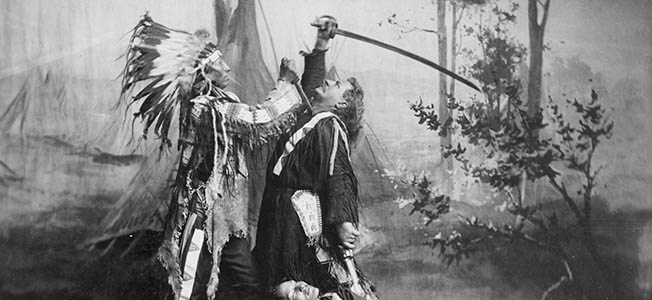
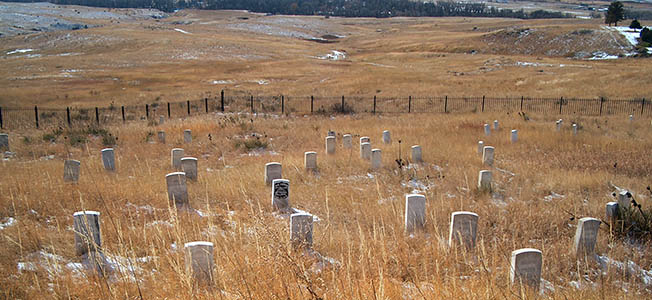
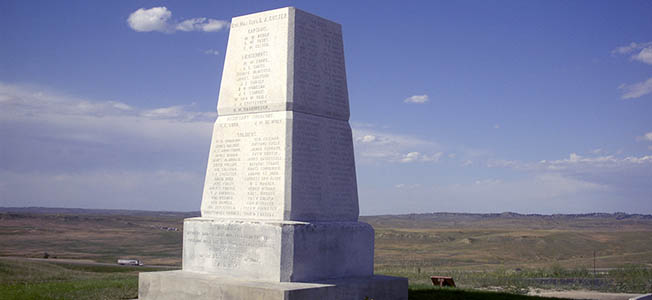
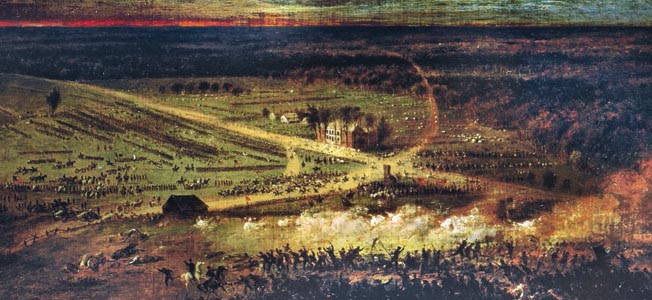
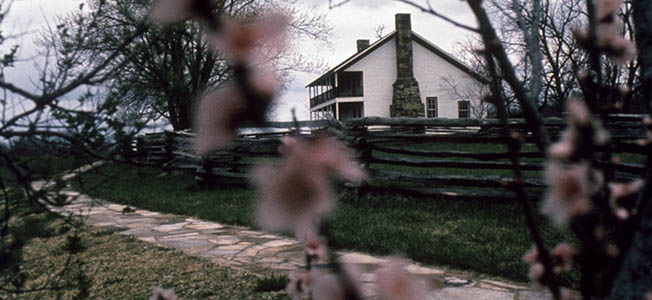

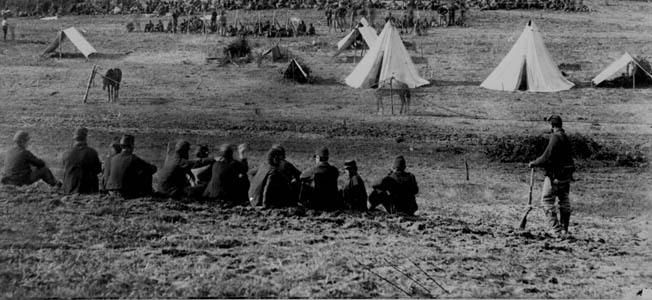
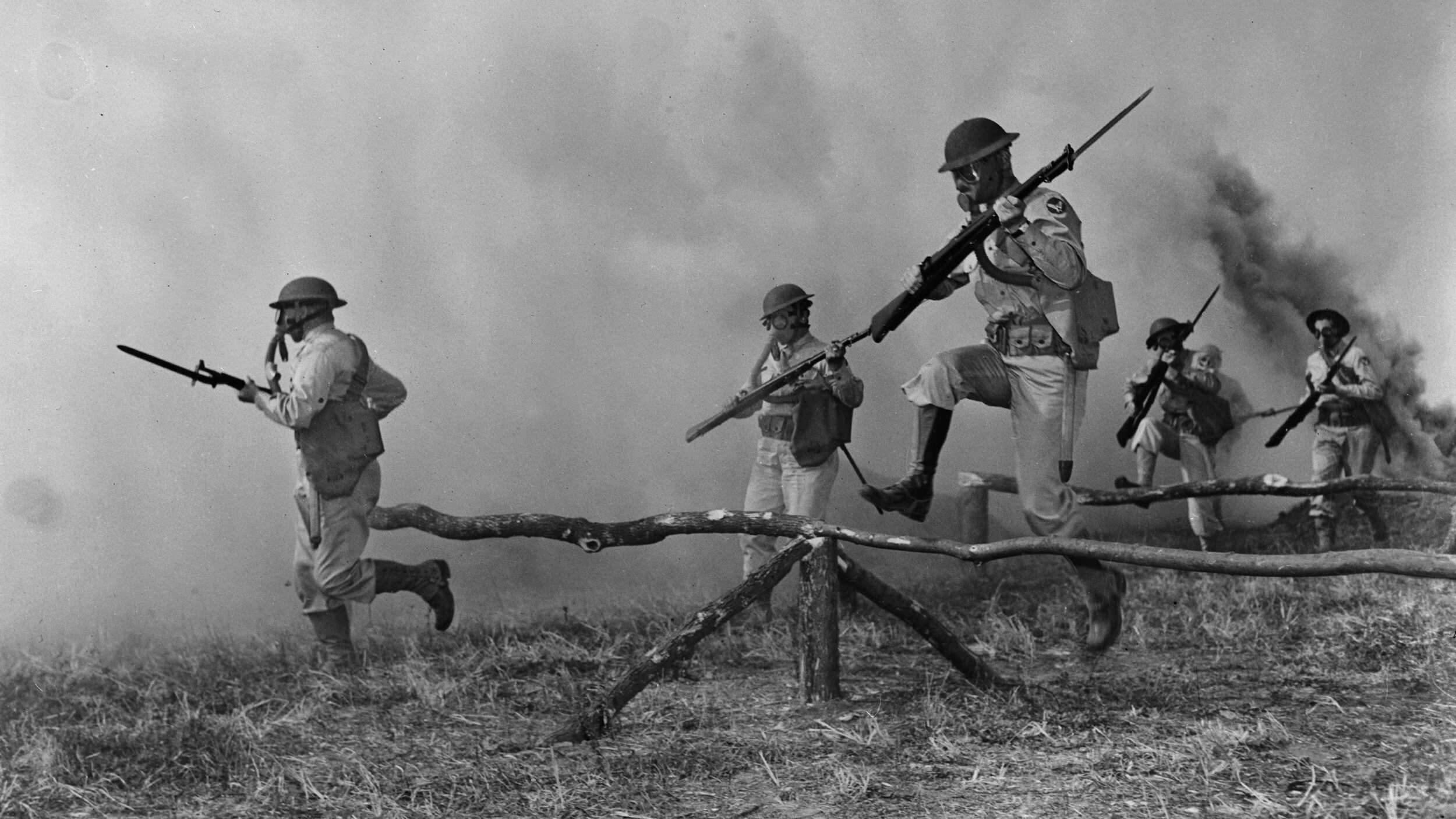
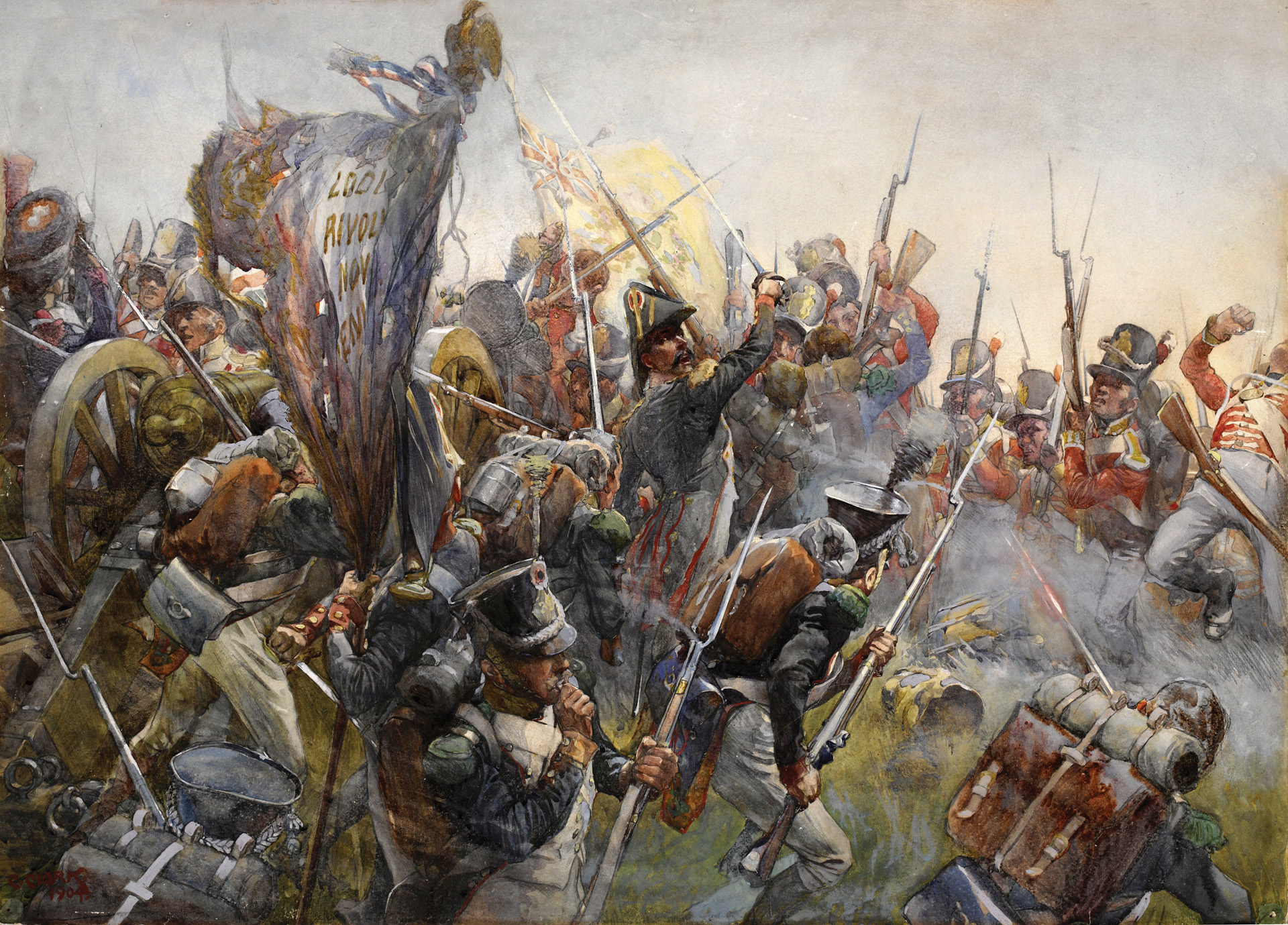
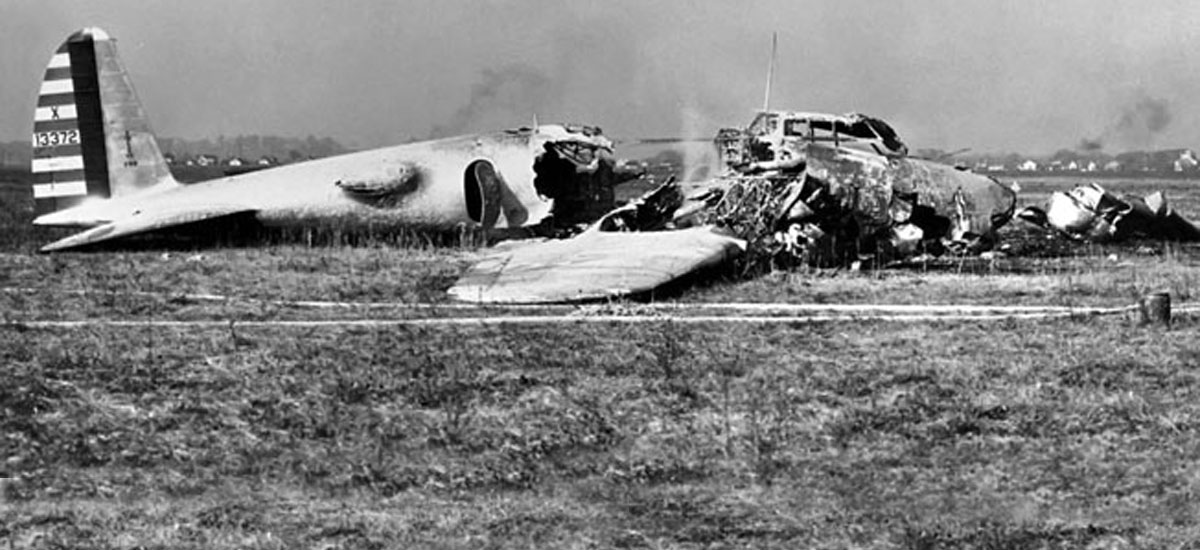

Join The Conversation
Comments
View All Comments